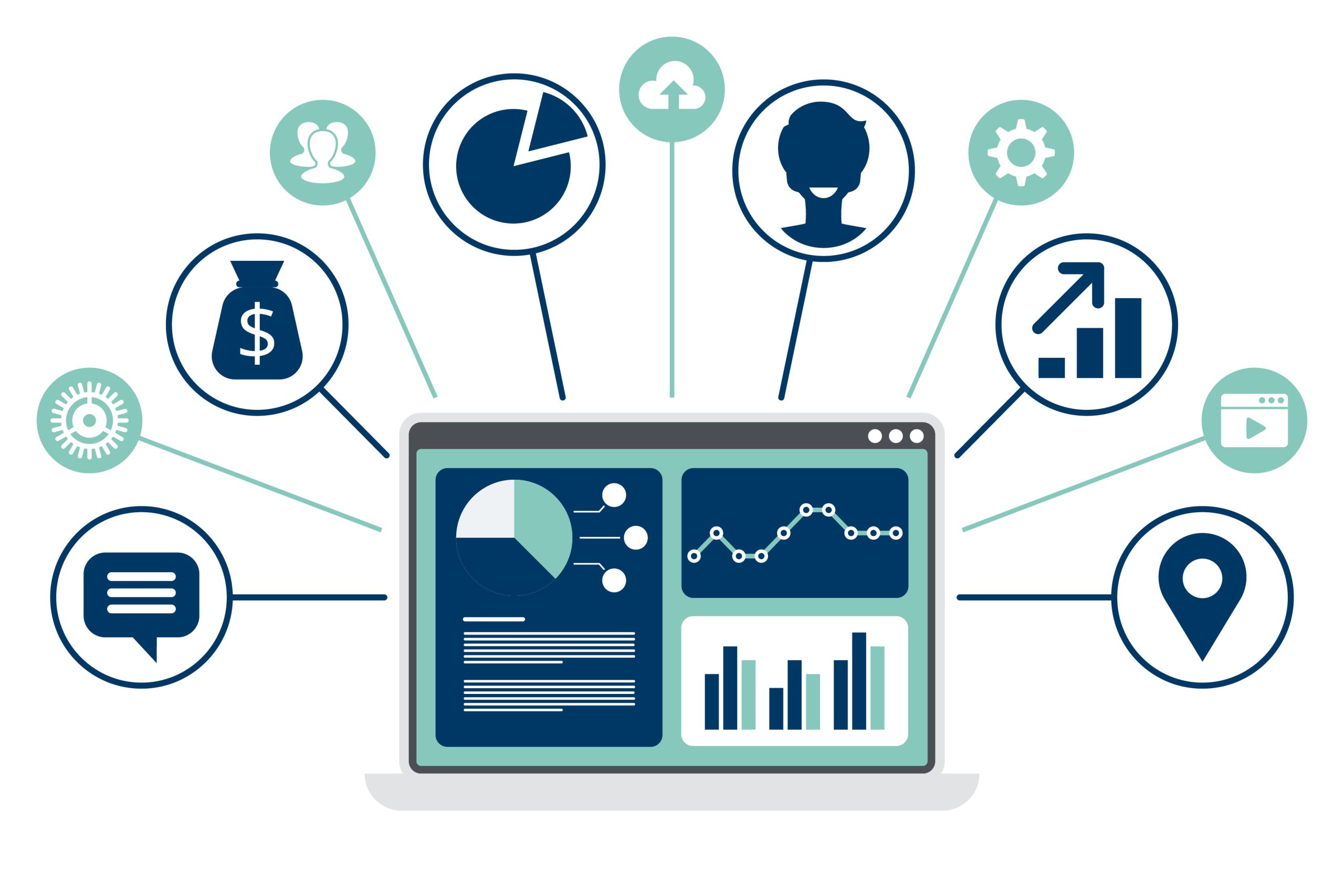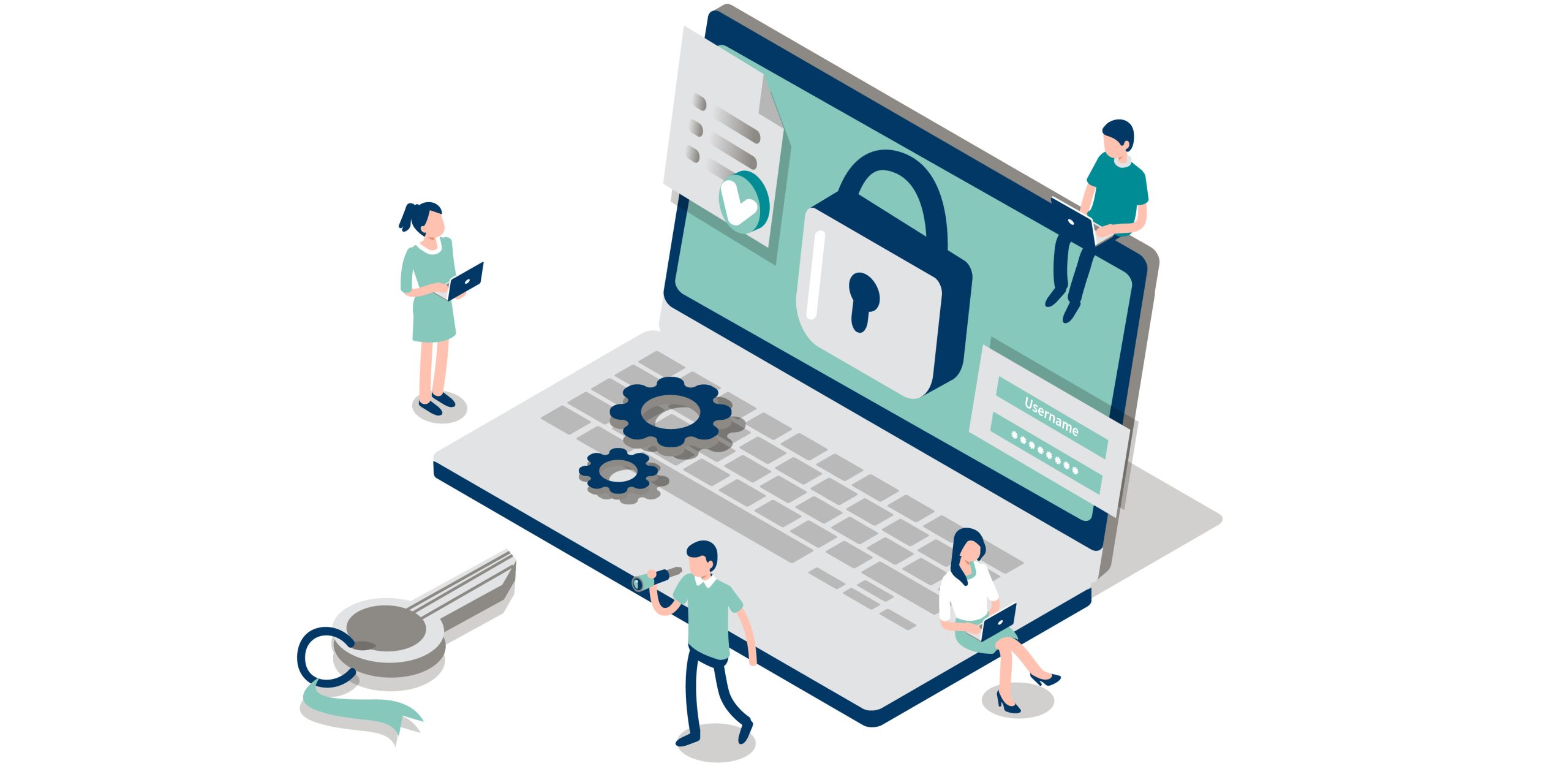The Rise of Digital Risk & Digital Risk Management in the Office of Finance
Blog post
Share
Over the past few years, digitization of both consumer-facing and back-office processes has been on the rise. Especially in the Office of Finance, conditions such as a larger remote workforce, more flexible employee options, and the need for higher efficiency and transparency have required teams to upgrade their technology stack. With more digital technologies and automation in play, organizations must be prepared to mitigate new digital factors that impact their risk profile to protect the enterprise.
Digital risk management refers to digital processes that improve the evaluation of monitoring various forms of risk that can impact an organization’s financial performance, reputation, and operation. Solutions to help manage risk vary, and can include automation and monitoring systems, as well as providing analytics that helps your organization monitor compliance and threats of all risk factors.
Digital Risk Factors
With any new factors introduced into the business, it is up to the Office of Finance to mitigate the risk associated. However, finance should not let new risks deter the adoption of technology – the value that new leading technologies create far outweighs any risks, especially when properly implemented. Organizations that do not embrace digitization will be left behind by those that utilize technology to their competitive advantage.
There are many digital risks, including:

- Privacy
- Cyber
- Technology
- Data
- 3rd-Party
- Reputational
- Talent and Culture
- Artificial
- Regulatory and Compliance
- Financial
- Economic
- Competition
To address these risks, the Office of Finance must upgrade its technology stack to shift from largely manual processes to streamlined, automated processes. Furthermore, they must do so with a risk-based mindset.
Increased collaboration and visibility across teams help identify and prevent risk. This is enabled through real-time reporting and transparency inside an automated financial close solution. Finance professionals need to see issues and risks as they arise, rather than later, when risk impacts the business. Financial proactivity not only saves time during the close but strategically allows F&A professionals to create value through transactional activities.
How Automation Helps with Effective Digital Risk Management
In a digital world with more complex risk factors, the Office of Finance can’t function with manual tools, like spreadsheets, any longer. Manual processes and spreadsheets create fragmented financial close processes and ERP environments that compromise data integrity. Workflows are complicated and inefficient (such as the notorious journal entry process), and teams have low visibility and transparency into how these processes affect financial data.
Financial close automation helps streamline processes and increase visibility and transparency, while simultaneously reducing risk. A risk-based approach to an automated financial close allows teams to see the risk level of items, and the impact of that risk on the business and is an effective digital risk management tactic. Automation performs low-judgment, repeatable tasks, while the team focuses on high-risk, high-judgment activities.
Automation also provides real-time reporting and analysis capabilities that pivots finance teams from a historical-looking lens to a predictive, future-forward view. Finance can now step into the role of a strategic partner to the growth and success of the organization, without compromising the timeliness or accuracy of the financial reporting.

Risk Management Best Practices
Risk is always present in the Office of Finance, but there are strategies to make sure that you and your organization are prepared for it. Below are some digital risk management best practices:
Best Practice #1
Discover the types of risk that your organization can be subjected to and analyze the impacts these risks have on organizational growth. By understanding and assessing the types of risk that face your business, you can begin to create an action plan to mitigate risk.
Best Practice #2
Develop a risk management program. This program allows the Office of Finance to identify goals, strategies, and a roadmap to combat and be aware of risks. This is specific to each organization, to meet certain needs and operating environments.
Best Practice #3
Implement your risk management program. This happens through aligning risk priorities across the organization as well as coordinating with outside vendors to understand the levels and threat of risk that could arise.
Best Practice #4
Embed a continuous review process that is always adapting to changes in the business. This adaptability allows organizations to stay compliant with new regulatory requirements and stay prepared for any disruptions that happen in the digital landscape.
The bottom line – risk is always present, so a digital risk management framework is integral to your organization’s overall health and growth.
To dive deeper into the world of digital risk, and learn more strategies to help mitigate it, download this eBook.
Written by: Mikayla Jordan






